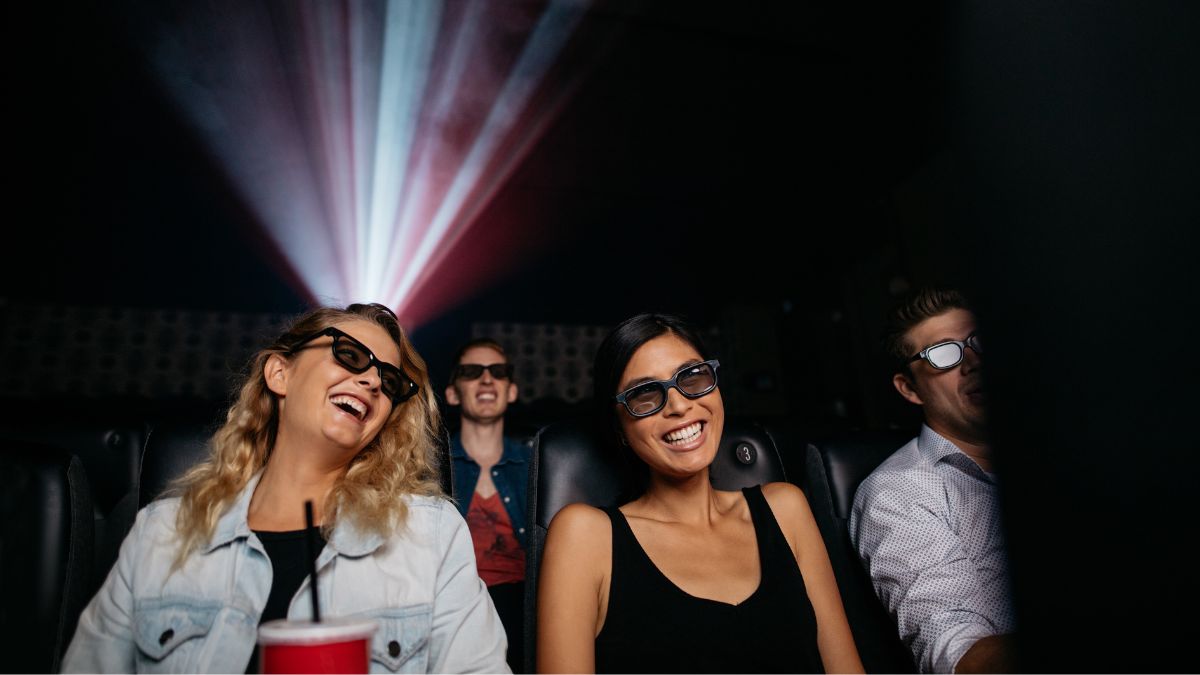Gone with the Wind: An Epic of the 1930s
Gone with the Wind: An Epic of the 1930s
The Revival of 3D: Gimmick or Artistic Tool?

The Revival of 3D: Gimmick or Artistic Tool?
In the ever-evolving landscape of cinematic experiences, the resurgence of 3D technology emerges not merely as a fleeting spectacle but as a beacon of artistic innovation, challenging the very paradigms of storytelling and visual immersion. This revival, transcending its once gimmicky repute, heralds a new era wherein filmmakers wield 3D not as a mere tool for superficial allure but as a profound medium for artistic expression, crafting narratives that envelop audiences in a cocoon of multi-dimensional reality.
The dawn of the 21st century witnessed the initial surge of 3D films, often criticized for their heavy reliance on visual gimmicks that aimed to startle rather than to immerse. Spectators were regaled with objects seemingly lunging at them, a technique that, while momentarily astonishing, often detracted from the narrative cohesion of the film. This phase, albeit groundbreaking, was marred by a pervasive skepticism towards 3D’s capacity for substantive contribution to the art of filmmaking.
However, as the wheel of time turned, so did the perception and application of 3D technology. Visionary directors embarked on a quest to redefine 3D, elevating it from the depths of gimmickry to the heights of artistic virtuosity. Films began to emerge that utilized 3D not for the mere sake of spectacle but as a deliberate choice to enhance narrative depth, character development, and thematic complexity. This transformation marked a pivotal shift, signifying the rebirth of 3D as a medium capable of augmenting the emotional and psychological engagement of the audience with the cinematic world.
At the forefront of this renaissance stands a select cadre of filmmakers who, through their innovative use of 3D technology, have demonstrated its potential to transcend traditional storytelling boundaries. These pioneers have harnessed 3D to create immersive environments that offer audiences not just a window into the narrative but an invitation to step through it, to inhabit the story alongside its characters. In these films, 3D becomes a conduit for heightened sensory experience, deepening the viewer’s emotional resonance with the unfolding drama.
Moreover, the application of 3D technology extends beyond the silver screen, infiltrating various domains of art and entertainment, from virtual reality experiences to interactive art installations, further underscoring its versatility as a medium for creative expression. This widespread adoption signifies a collective recognition of 3D’s unique ability to bridge the gap between the audience and the art, creating a shared space where the boundaries of reality and imagination blur.
Yet, the question remains: Is the revival of 3D a mere resurgence of a once-novel gimmick or a testament to its enduring value as an artistic tool? The answer lies in the hands of both creators and consumers, in their willingness to explore and embrace the depths of 3D’s potential. As filmmakers continue to push the boundaries of what 3D can achieve, audiences are invited to experience narratives in a way that is not just seen, but felt, not just observed, but lived.
In conclusion, the revival of 3D stands as a testament to the medium’s evolution from a gimmick to a profound artistic tool, offering a new lens through which stories can be told and experienced. It is a reminder that the essence of art lies in its ability to adapt, evolve, and continually challenge the limits of our imagination. In the realm of 3D, the future holds not just depth of field, but depth of feeling, opening new horizons for storytelling that are as boundless as they are breathtaking.